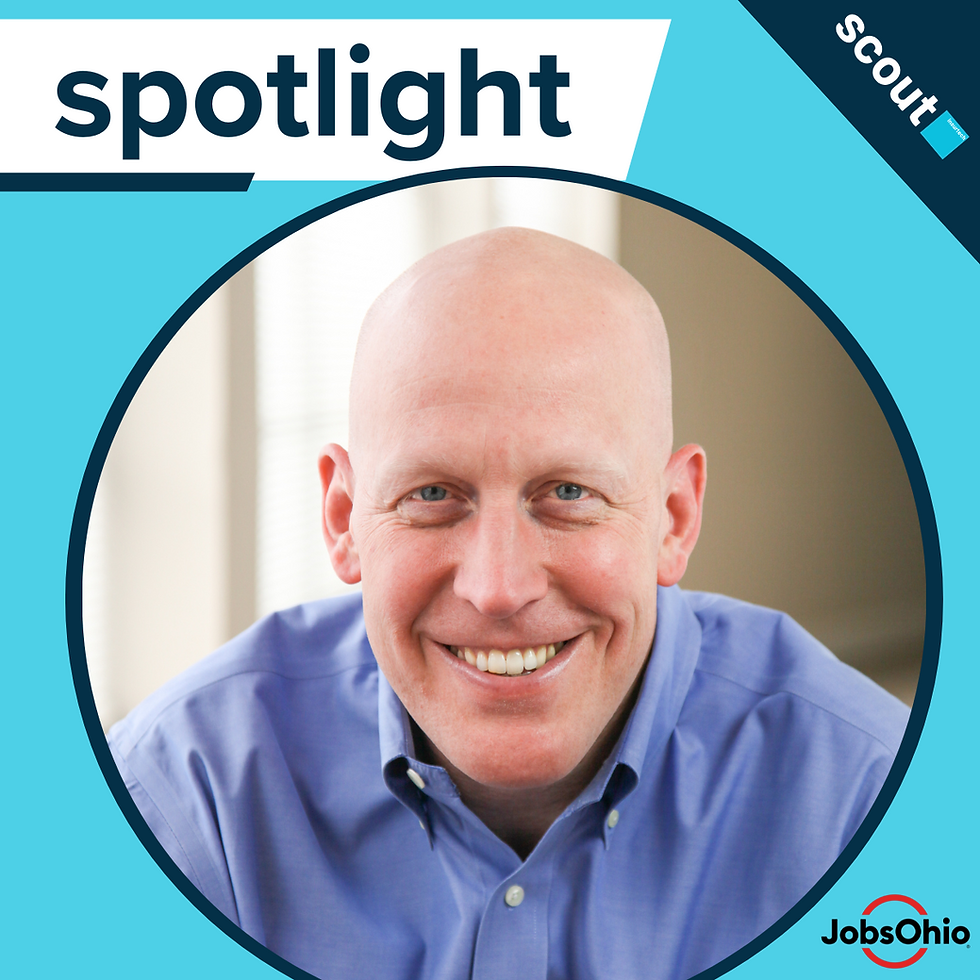Scout InsurTech Spotlight with Mark Goodstein
- Andrew Daniels

- Sep 16
- 4 min read
Mark Goodstein is the CEO of Streetscope, a traffic safety intelligence company that delivers context-aware, actionable insights to improve road and fleet safety, inform insurance risk assessment, and accelerate the development of ADAS and autonomous mobility systems through its continuous measurement platform. Mark was interviewed by Andrew Daniels, Co-Founder at Scout InsurTech and Co-Founder and President at CrashBay.

Mark, you’ve been part of some of the earliest internet innovations. How has your approach to innovation evolved from those early days to your current work in insurance and mobility?
“Well, you just called me old, which is fine, but it does mean I predate Lean Startup. Back then, the process was obvious: go talk to customers, make sure what you’re building has resonance, and find real product-market fit before you scale. That approach shaped companies like GoTo and X1. We figured out what excited people, proved it quickly, then raised the capital to scale.
What’s changed today is that some companies treat capital itself as a strategy. Look at OpenAI: it is the opposite of lean, but it works because the opportunity is massive. For Streetscope, the bigger challenge is the secrecy of the industries we serve, such as insurance, safety engineering, and infrastructure. These are protective, data-guarded worlds. Introducing something new and critical into their workflows is difficult, but it also creates opportunity.”
You’re now focused on deeply understanding safe driving. What do you believe is the most overlooked factor in accurately benchmarking “safe driving” today?
“Two things stand out. First, we rely too much on qualitative judgment instead of quantitative measurement. Most of us got our driver’s license as teenagers and were never tested again. Complex systems often rely on self-certification, companies saying, “Trust us, it’s safe.” We’ve seen how that failed with Boeing or Dieselgate.
At Streetscope, we focus on objective measurement. We can quantify the hazard of traffic interactions using real kinematic data. It’s a leading indicator that correlates with collisions but does not require waiting for them to happen. We can evaluate the safety of drivers, roads, and routes using the traffic context in which they were driving. The second overlooked factor, especially for those building fully or partially automated vehicles, is the need for third-party validation. Those companies cannot possibly drive enough miles to suffer enough collisions to prove their systems are safe, especially when they update software constantly. That is why objective, shared benchmarks are essential.”
You’ve mentioned that the next stage of autonomy is all about metrics and A/B testing for sensor placement and development. What will it take for the industry to agree on a shared set of safety benchmarks?
“Honestly, it will take being forced to. Not by regulators alone, but by the weight of major stakeholders such as insurance, certification bodies, and regulators acting together.
Insurance is central here. It sits on the largest pool of capital in the world, with a mission to remove risk from balance sheets. If you want to operate, you need insurance. That creates leverage. Pair that with certification from groups like TÜV or UL and regulatory frameworks requiring evidence, and you get real pressure for shared standards.
Right now, autonomous vehicle developers use “safety cases,” structured arguments for why their systems are safe. Those are qualitative, but they require objective evidence. That is where Streetscope comes in: we provide the clean, scalable evidence to back those safety claims. Over time, that combination of forces will make shared benchmarks inevitable.”
Having worked at the intersection of city infrastructure, vehicle data, and insurance, what role do you see insurers playing in shaping the future of connected fleets and autonomous vehicle safety standards?
“Insurance has a privileged position. It not only provides capital but also visibility into the real-world risks of moving goods and people. Connected and autonomous vehicles are huge risks precisely because we do not fully know how they will perform in every environment.
Insurers excel at extracting signal from data to make capital decisions, but today, they are not always given the right information because of secrecy. Ironically, autonomous operations that do exist right now do not have many collisions, which makes them profitable for insurers. But the total market is small, and as autonomy grows, the 100 billion dollar commercial auto sector could shrink dramatically. Insurers will shape that transition by determining what risks are insurable, at what price, and under what conditions.”
You’ve built products “too early” in the past, like aiPod, when the tech wasn’t ready for primetime. What lessons have you taken from those experiences about timing, market readiness, and adoption curves in emerging tech?
“Being too early is the biggest sin in startups. You can waste years building something the market is not ready for. I have done that more than once.
With Streetscope, we faced hype cycles such as crypto and early AI while trying to raise capital. We could have pivoted to chase those trends, but we did not. Instead, we stuck with building a principled product, even if it meant slower growth and tighter resources. The payoff is control. By funding ourselves through pilots and projects, we have built a product that solves real problems, not just ones VCs think are exciting that quarter.
The lesson is simple: timing is everything, but conviction matters too. If you truly believe you are solving a core problem, it is worth pushing through the pain of being early. For us, the mission is safer streets and giving engineers the tools to achieve them. That is worth it.”












